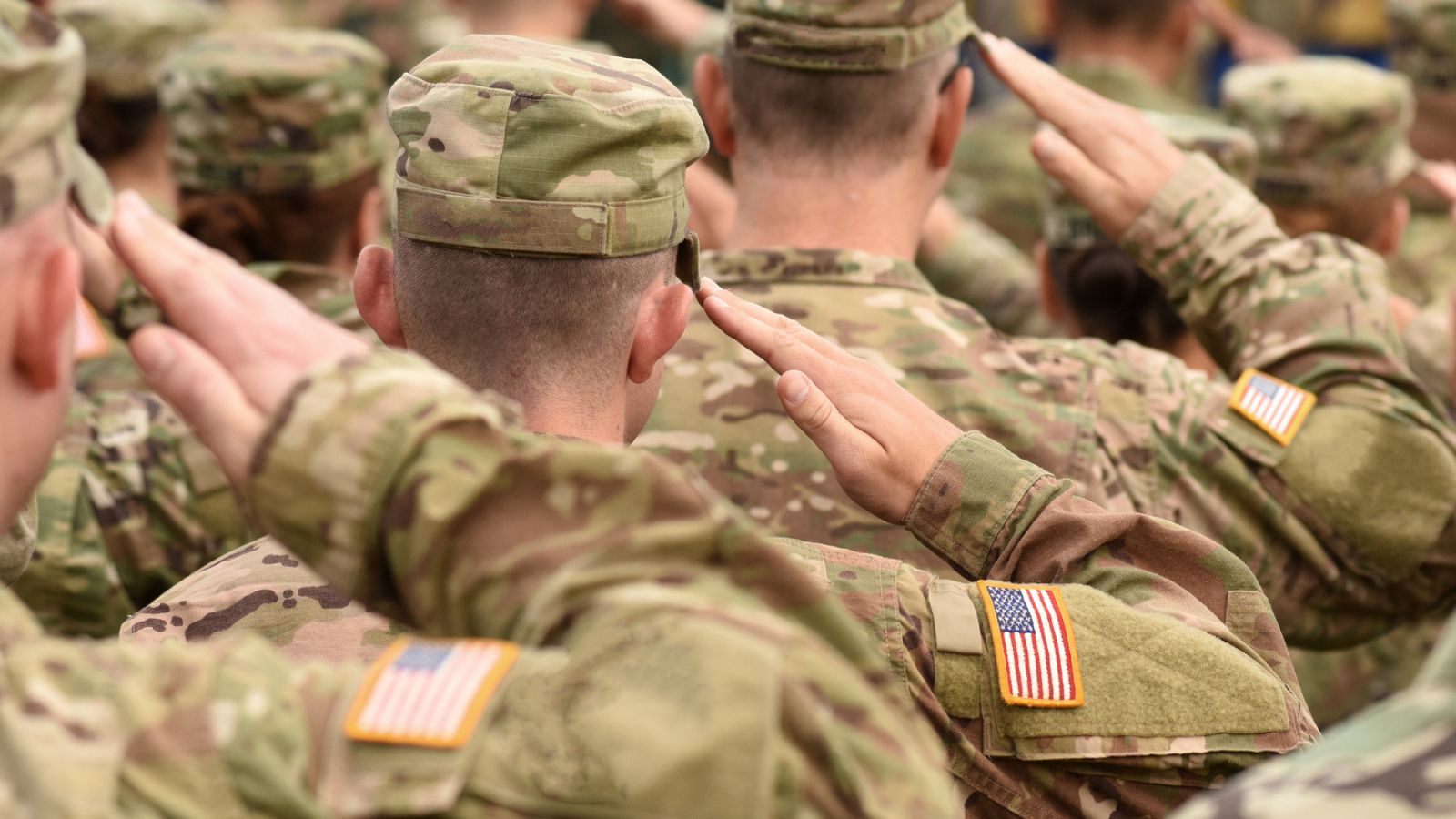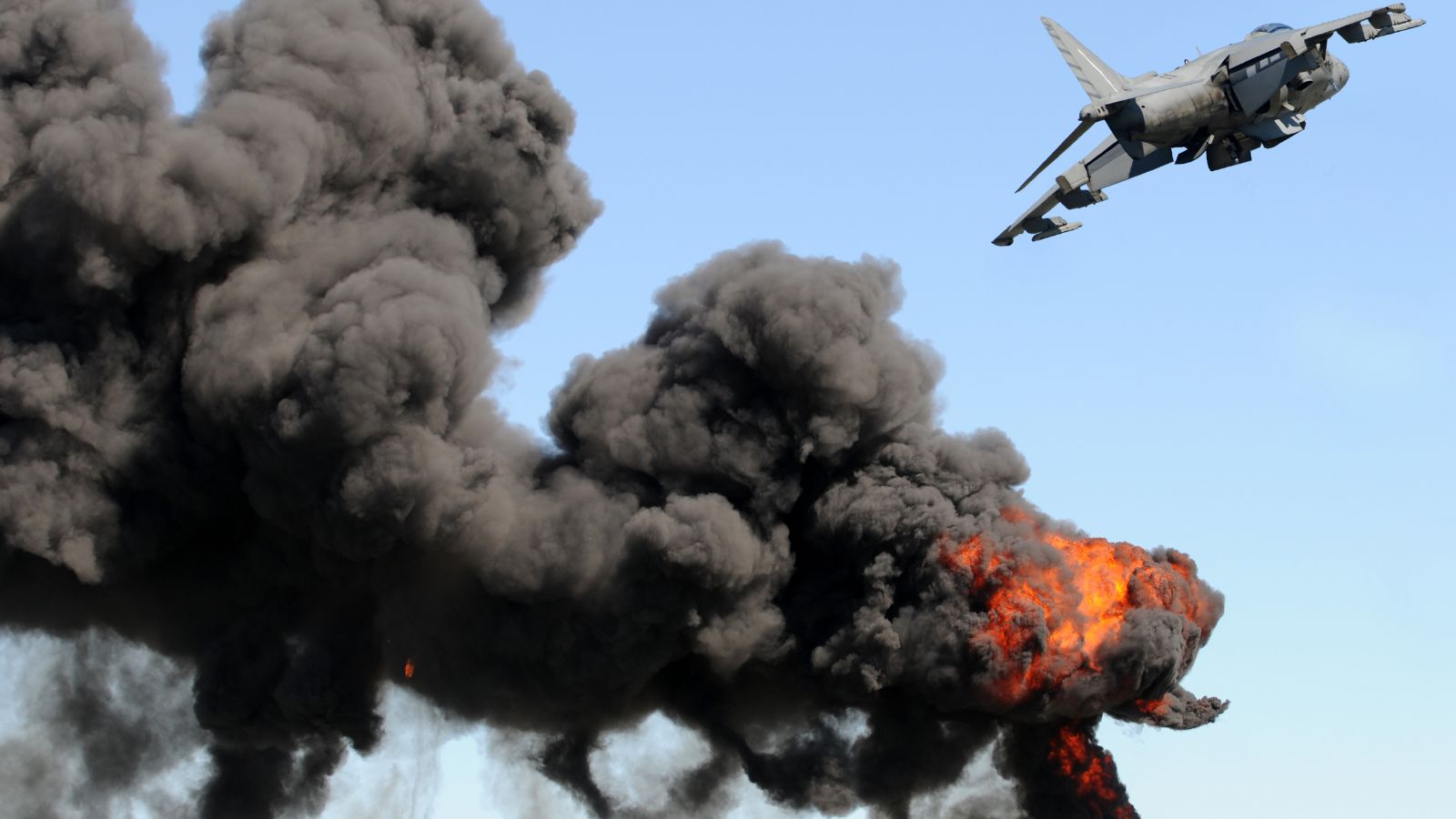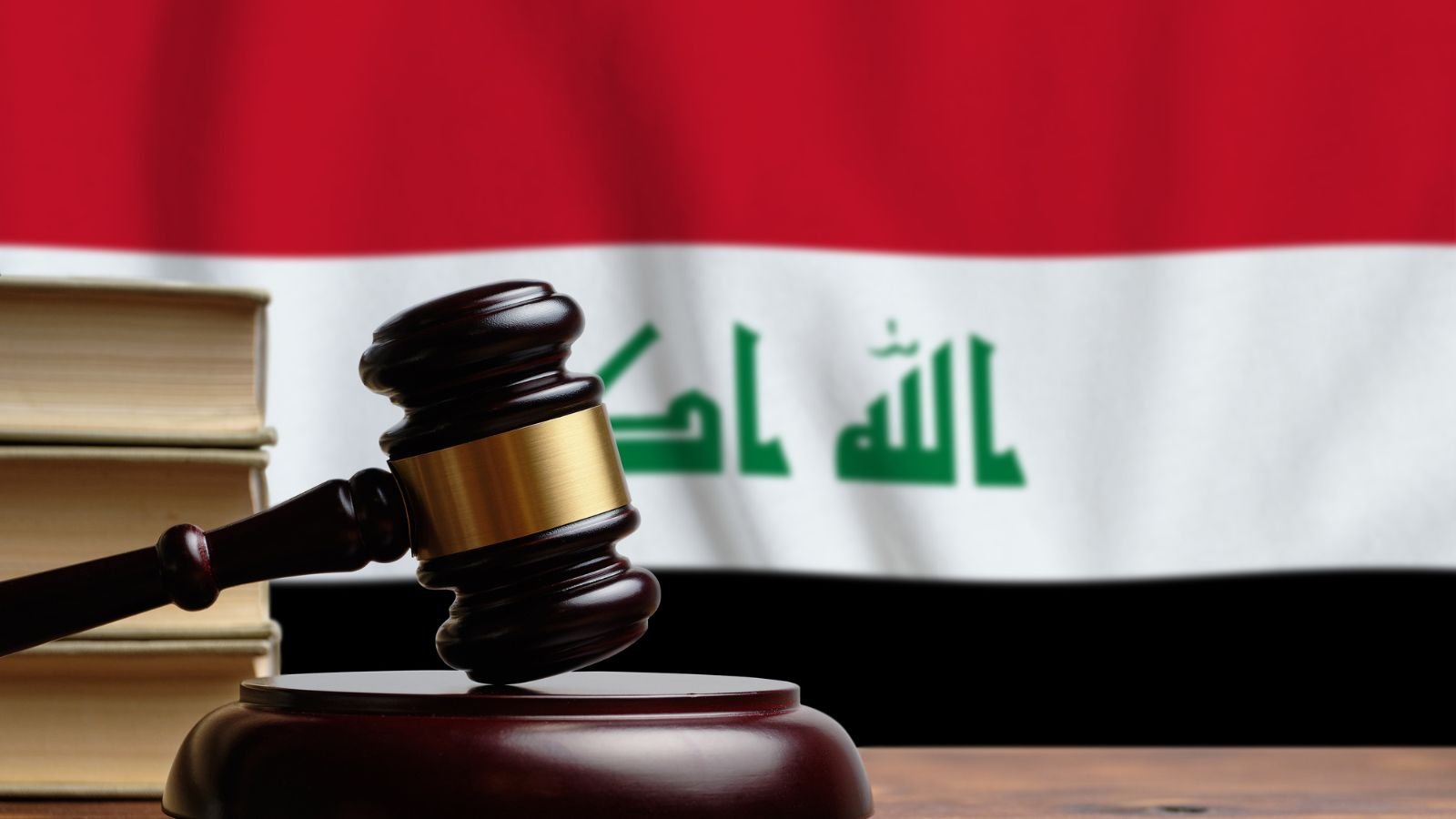U.S Military Conducts Airstrikes in Iraq

A recent escalation in the Middle East has unfolded as the U.S military conducted airstrikes on facilities used by Kataib Hezbollah in Iraq. This decisive action was a response to an attack on the Erbil Air Base, where Kataib Hezbollah utilized a one-way attack drone, causing injuries to three US troops.
The situation highlights the ongoing tensions in the region and the complex dynamics involving various factions.
Background on Kataib Hezbollah

To comprehend the recent events, it’s crucial to understand Kataib Hezbollah, a Shia militant group with a pronounced objective of posing a substantial threat to US personnel in both Iraq and Syria. The group seeks to expel US and coalition forces from Iraq, advocating for an Iranian-aligned government.
This background sets the stage for the recent clashes and the US response.
Read More: Federal Judge Rules Against Oregon Senators Seeking Reelection After Boycotting Session
The Erbil Air Base Attack

The flashpoint for the recent developments was the attack on Erbil Air Base by Kataib Hezbollah, utilizing a one-way drone. The attack resulted in injuries to US troops, prompting a swift response from the US government.
The nature and severity of the assault underscore the volatile nature of the security landscape in the region.
US Response Decision

Secretary of Defense Lloyd Austin briefed President Biden after the Erbil attack. The president faced critical decisions as various options were presented, leading to the ultimate authorization of airstrikes against Kataib Hezbollah.
This decision-making process reflects the gravity of the situation and the need for a calibrated response.
President’s Authorization

President Biden’s authorization of the airstrikes signaled a commitment to protecting US interests and personnel in the face of escalating hostilities. The objectives and targets of the airstrikes were aligned with the need to curtail Kataib Hezbollah’s activities, particularly those related to uncrewed aerial drone operations.
Also Read: New Details Emerge on Planned March on Jan 6th And White House Involvement
Timing and Execution

The airstrikes, executed at 8:45 p.m. ET, were a meticulously timed operation. The precision and coordination demonstrated the strategic approach employed to address the threat posed by Kataib Hezbollah.
Notably, the focus was on three locations associated with the group’s unmanned aerial drone activities.
Assessment of Airstrikes

Preliminary assessments indicate that the airstrikes likely resulted in casualties among Kataib Hezbollah militants. The specific targeting of unmanned aerial drone activities underscores the strategic intent to neutralize a perceived threat to US forces in the region. The aftermath of the airstrikes is subject to ongoing evaluation.
Iraqi Government’s Response

While the US aimed to address a security threat, the Iraqi government responded with concern. The airstrikes were deemed as “hostile acts” infringing upon Iraq’s sovereignty. The potential harm to bilateral relations was emphasized, reflecting the delicate diplomatic balance in the aftermath of such military actions.
Read Next: Watchdog Reveals Misleading Information on Capitol Attack
Casualties and Injuries

Discrepancies in casualty figures between US and Iraqi reports add complexity to the situation. The injuries sustained by a security serviceman, as mentioned in the Iraqi prime minister’s statement, highlight the human cost of the conflict.
This divergence in reported casualties raises diplomatic challenges.
Kataib Hezbollah’s Stance

Amid the escalating tensions, insights into Kataib Hezbollah’s response become pivotal. Understanding the group’s stance and potential reactions is crucial for anticipating the trajectory of the conflict. Statements or actions from Kataib Hezbollah will offer insights into their interpretation of the events.
US Perspective on Kataib Hezbollah

The US Director of National Intelligence (DNI) emphasizes Kataib Hezbollah’s high threat level to US personnel in Iraq and Syria. The group’s objectives, including the expulsion of US forces and the establishment of an Iranian-aligned government, shape the US perspective on the need to address this threat proactively.
Read More: Supreme Court Rulings Could Completely Alter Gun Control
Defense Secretary’s Justification

Secretary of Defense Lloyd Austin, in justifying the airstrikes, deemed them necessary and proportionate. His statement sheds light on the rationale behind the military response, emphasizing the importance of defending against attacks on US forces in Iraq and Syria.
The justification sets the narrative for the US position.
Future Implications

As the dust settles, the focus shifts to future implications. The airstrike’s impact on US-Iraq relations and the broader regional dynamics is a subject of analysis. Anticipating the repercussions and understanding the challenges of Iran-backed militias will be crucial in navigating the evolving geopolitical landscape.
More from The Stock Dork – Increase in U.S. Prison Population Signals a Shift in Decade-Long Trend







 Tags:
Tags:










